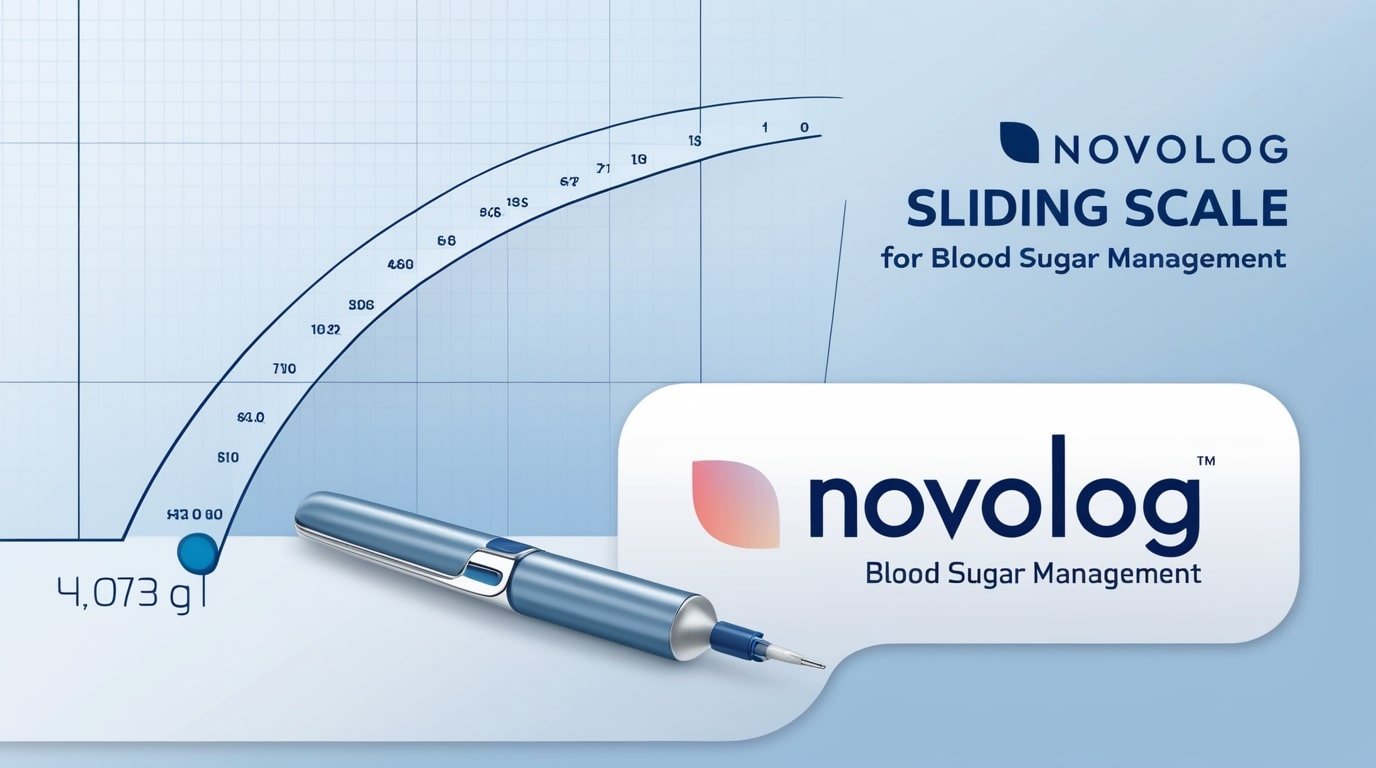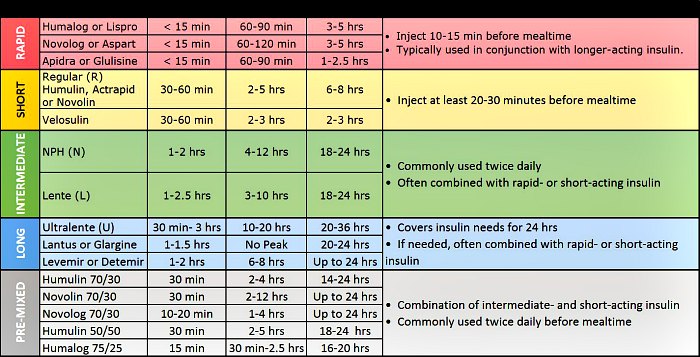Novolog is a rapid-acting insulin analog that is used for the control of blood sugar levels in the management of diabetic patients. It is designed to meet various dose adjustment schedules according to blood glucose monitoring results in the individual patient. This review article discusses the clinical evidence, applications, and precautions of Novolog use in sliding scale therapy.
What Is the Novolog Sliding Scale?
Novolog sliding scale is basically a method for determining the dosage of insulin. Novolog sliding scale depends on a chart or criteria that matches the blood sugar level with an appropriate amount of insulin. This is a method in which fast-acting insulin, which is Novolog, is used to ensure proper and effective treatment of elevated blood sugar levels.
Effective diabetes management isn’t just about controlling numbers; it’s about understanding the tools, like the Novolog sliding scale, that empower individuals to respond to life’s daily fluctuations with precision and confidence.

This scale can be applied to any form of Novolog, including the FlexPen. The sliding scale provides clarity on whether a higher or lower insulin dose is needed based on current blood sugar readings.
How Does the Sliding Scale Work?
The sliding scale uses pre-set guidelines that indicate the amount of insulin required for specific blood sugar ranges. An example of a typical sliding scale might look like this:
| Blood Sugar Level (mg/dL) | Insulin Dose (Units) |
|---|---|
| Below 70 | No insulin; eat a snack and monitor |
| 70–149 | No insulin required |
| 150–199 | 2 units |
| 200–249 | 4 units |
| 250–299 | 6 units |
| 300 and above | 8 units; contact healthcare provider if persistent |
This chart is customized for each individual by their healthcare provider, ensuring it aligns with their unique needs and circumstances.
Mechanism of Novolog
Novolog (insulin aspart) is a rapid-acting insulin analog that mimics the body’s natural insulin response to food. It works by helping glucose from the bloodstream enter cells, where it can be used for energy or stored for later use. After injection, Novolog starts working within 10-20 minutes, peaks at about 1-3 hours, and continues to act for 3-5 hours. This quick action helps control blood sugar spikes, particularly after meals.
Evidence-Based Applications
- Hospital Settings:
- Sliding scale insulin is commonly used in inpatient settings to manage hyperglycemia in patients with variable dietary intake or illness-induced fluctuations in glucose levels.
- Studies highlight that sliding scale insulin alone may not always provide optimal glycemic control. It is often used alongside basal insulin or as part of a basal-bolus regimen.
- Outpatient Settings:
- For individuals with erratic meal patterns or during periods of illness, the sliding scale offers a pragmatic solution.
- Research suggests that this approach may not be suitable for long-term glycemic control due to the reactive rather than proactive nature of the method.
Advantages and Limitations
Advantages:
- Simplicity and ease of use for patients and caregivers.
- Adaptability to fluctuating glucose levels in acute care settings.
- Immediate response to hyperglycemia.
Limitations:
- Reactive management may lead to glucose variability and increased risk of hypoglycemia.
- May not address underlying causes of hyperglycemia.
- Prolonged reliance on sliding scale alone can result in suboptimal control compared to basal-bolus regimens.
Recommendations for Use
- Individualization: Each sliding scale protocol should be customized based on the patient’s unique blood sugar trends, insulin sensitivity, and overall treatment objectives. This ensures that the approach aligns with individual needs.
- Integration with Other Therapies: Sliding scale insulin works best when combined with other methods, such as basal or basal-bolus therapy. This integrated approach provides better control by addressing both baseline and meal-related insulin requirements.
- Patient Education: Effective use of the sliding scale relies on proper training. Patients need to understand how to monitor blood sugar accurately, administer insulin correctly, and respond appropriately to both high and low blood sugar levels.
- Regular Reevaluation: The sliding scale regimen should be reviewed periodically to ensure it remains suitable. As factors like activity levels, diet, or treatment goals evolve, adjustments may be needed to maintain optimal blood sugar control.
Alternatives to the Sliding Scale
For individuals seeking a more proactive approach, alternatives include:
- Carbohydrate Counting: Adjusting insulin doses to match carbohydrate intake.
- Continuous Glucose Monitoring (CGM): Using real-time data for more precise management.
- Basal-Bolus Therapy: Combining long-acting insulin for background needs with rapid-acting insulin for meals.
Conclusion
The Novolog sliding scale is still one of the most commonly used approaches to diabetes management, especially in managing patients in acute care. Flexible and easy to administer, Novolog sliding scale achieves maximum results when practiced concurrently with general strategies for diabetes care. Healthcare providers should carefully consider individual patient needs and incorporate evidence-based practices to maximize its benefits while minimizing potential risks.
Steps to Locate Relevant Resources
Explore Cleveland Clinic Resources on Diabetes Management
Find sliding scale-specific guides and treatments involving Novolog.
Visit Cleveland Clinic
Search the American Diabetes Association Website
Use their search bar to look for “Novolog sliding scale” or related insulin management protocols.
Visit ADA
Visit NIDDK and Search for Sliding Scale Insulin
Explore articles on insulin therapy and rapid-acting insulins like Novolog.
Visit NIDDK
Search Mayo Clinic for Diabetes Insulin Protocols
Look for sliding scale approaches and rapid-acting insulin treatments.
Visit Mayo Clinic
Check Drugs.com for Specific Novolog Details
Use their search feature to find insights on Novolog and its usage in sliding scale regimens.
Visit Drugs.com
Author and Authenticity Declaration
This article has not been created by AI and has been expertly developed to guarantee its accuracy and reliability. Every piece of information has been reviewed and validated by Dr. Muracle John for medical accuracy and appropriateness.
For inquiries or further clarification, please contact Dr. Muracle John through Muracle-John@inslulinis.com.





